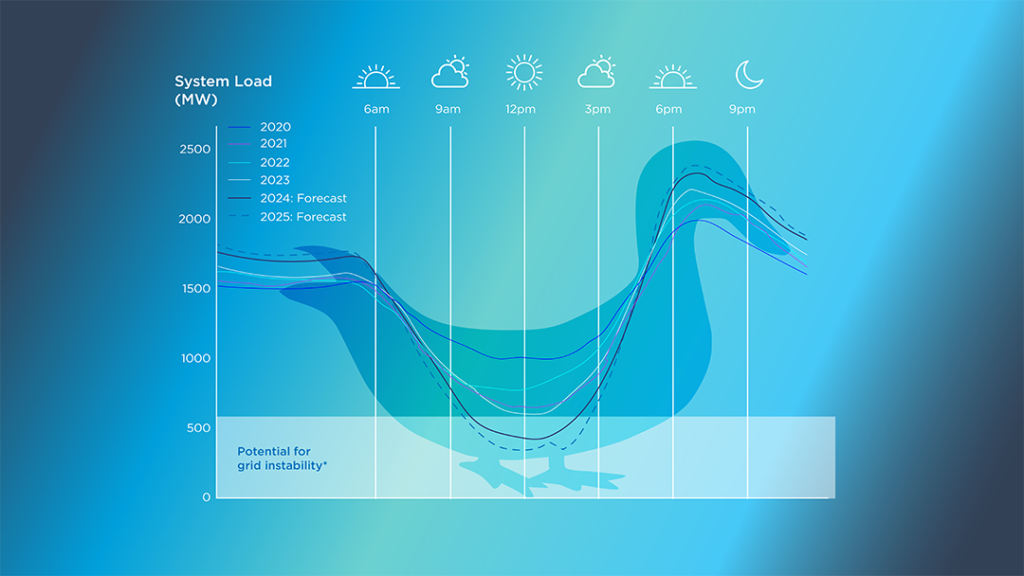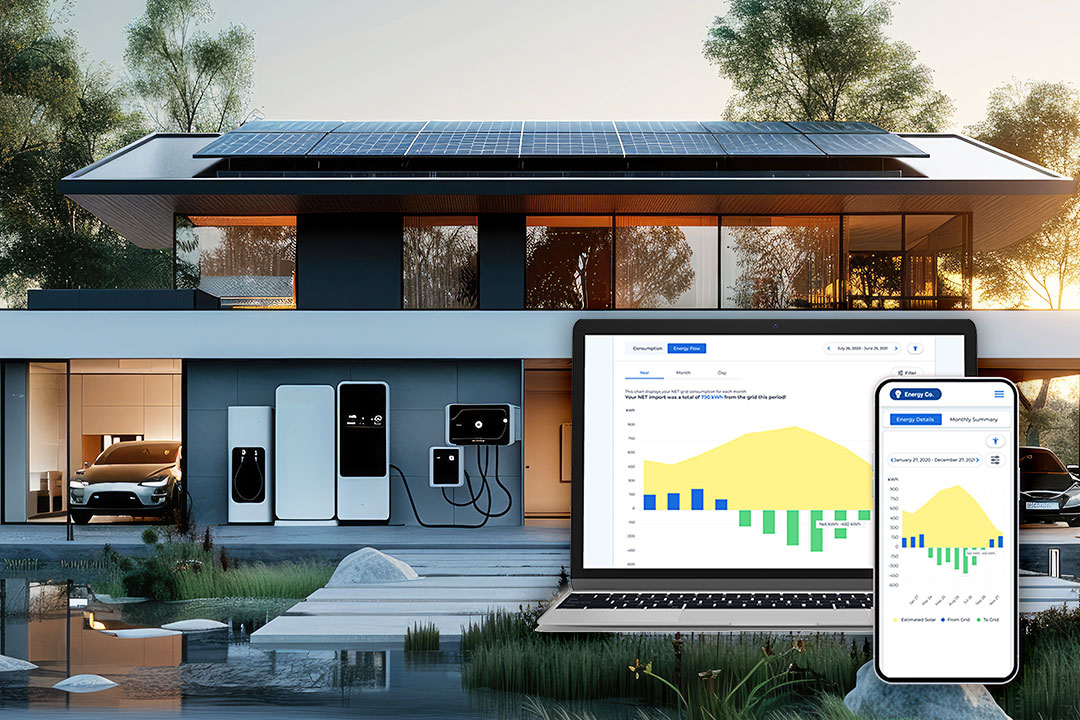Join us for a webinar on Oct 10 to learn how Bidgely is "Empowering Utilities with GenAI:
A Guide to Enhanced CX and Grid Management". Register here.

Small-scale energy generation and storage distributed energy resources such as solar PV, wind turbines, batteries and EVs (batteries on wheels) have little grid impact individually. But with scale their grid impact surges.
Millions of consumers have already adopted solar, batteries and/or electric vehicles. More importantly, thanks to cost reductions, product improvements and a desire for greater resiliency, the number of DERs is expected to reach tens of millions by the end of the decade with ~1 TWh of capacity to generate, consume and store energy.
This capacity surge offers tremendous potential benefits. DERs can stabilize the grid through virtual power plants and help utilities generate more revenue through electrification than they spend on energy generation and distribution.
However, rapid DER growth also presents serious challenges. With so many DERs operating independently, demand-supply imbalances at the local level will become a reality playing havoc on the grid and with electricity rates.
The solution lies in AI-powered grid planning and management, which makes it possible to harness DERs’ positive potential while mitigating risks across all categories.
The primary EV challenge utilities face is peak demand contribution. When drivers return home from work and plug in their 8-12 kilowatt chargers, the demand on the grid multiplies exponentially.
Compounding this challenge, EV adoption doesn’t occur uniformly across territories. Instead, it happens in pockets with dramatic variation from zip code to zip code, even block to block. This uneven pattern creates congestion hotspots at the distribution level, overloading some transformers and substations while leaving others underutilized.
Smart Targeting Strategies
Traditional non-targeted managed charging programs suffer from low enrollment because of their invasive nature. Moreover, customers who enroll may not be the biggest contributors to grid stress, leading to low return on investment.
The answer lies in precision targeting. A blend of behavioral and direct managed charging initiatives that target peak users in areas where the grid operates near maximum capacity engages the broadest range of EV drivers while dramatically amplifying infrastructure benefits.
AI-driven behind-the-meter EV intelligence enables utilities to identify owners most likely to alleviate load at congested grid assets. This intelligence helps utilities target incentives effectively and engage drivers in the full spectrum of programs—behavioral managed charging, EV time-of-use rates, and direct managed charging.
By building trust and improving customer relationships, utilities increase the likelihood that drivers will grant some control over their charging activities. More effective customer-program alignment can reduce the cost per kilowatt and nearly double EV hosting capacity on the distribution grid.
With solar systems, utilities must flatten the “duck curve” — the phenomenon where solar produces peak energy midday when demand is lower, then stops producing during evening peak demand after sunset.

Flattening the curve means tapping into the energy stored in these distributed resources. This begins with identifying residential customers with rooftop solar, including array size and daily and seasonal generation patterns. Advanced disaggregation technology can detect how household net generation flows into the grid.
Storage as the Solution
As with EV programs, targeted participation from solar customers based on geography and generation capacity is essential. Pairing solar with batteries that store daytime energy provides utilities with access to distributed, reliable power during peak demand.
Utilities need energy storage assets where the grid faces the greatest strain and requires load shaping or resiliency support. Current storage deployment patterns may not align with grid demand, making data-driven program targeting crucial.
Behind-the-meter disaggregation helps utilities incentivize customer adoption in areas where residential storage provides maximum benefit while gaining control of these assets. Virtual power plant programs demonstrate the effectiveness of combining customer-supplied batteries with dynamic incentives and device control mechanisms.
Accelerating DER adoption appears inevitable. In some regions, solar and EV adoption already exceeds 30 percent. Without proper management, DERs risk creating significant costs for customers and energy providers alike. With effective management, they promise improved grid stability, equity, and utility revenue without increasing overall costs.
Success across all DER types requires six critical best practices:
Through advanced disaggregation technology, utilities can understand energy demand and supply at the household level, enabling purpose-built strategies for each DER type.
Learn more about Bidgely’s AI-powered solutions to help you manage DERs and see our DER Grid Planning solution in action in our demo portal.

Ai is still evolving and may not be perfect. Always verify important details for accuracy.


